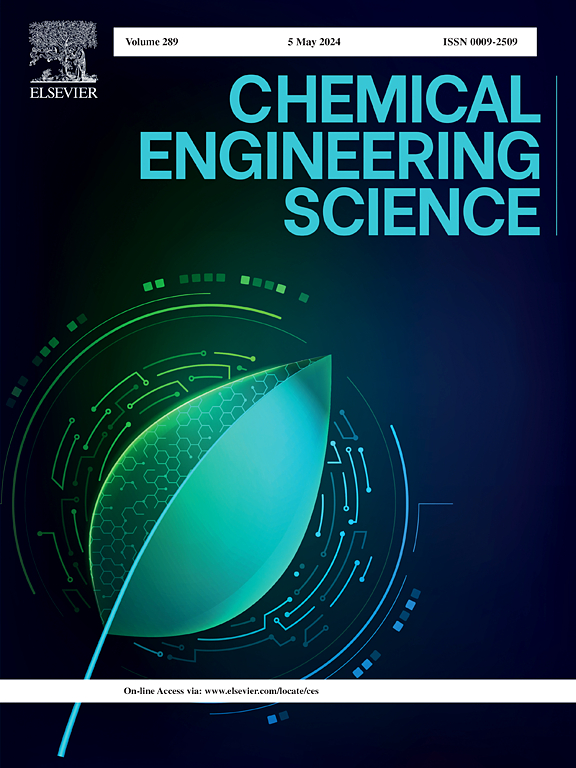计算化学物质在空气中的蒸发量
IF 4.1
2区 工程技术
Q2 ENGINEERING, CHEMICAL
引用次数: 0
摘要
在许多情况下,需要计算暴露于空气中的挥发性化学品的蒸发速率,以确定环境影响和提供通风等缓解行动的必要性。这种情况包括工业制造作业中的排放源,如露天储罐、容器填充、室内泄漏、运输和散装储存设施中发生的泄漏。有许多实验研究测量化学物质从水平表面蒸发的速率。已经提出了许多理论和经验预测方法。然而,目前还没有对各种预测方法进行评估,这些方法包括来自许多来源的数据,涵盖了广泛的性质和条件,以便确定最佳方法。这项研究就是为了满足这一需求。将21种性质各异的化学物质暴露在空气中,在很大的速度和温度范围内与现有的一般相关性进行了比较。这些包括经验和半理论的相关性,以及传热和传质之间的类比。数据来自自然对流和强制对流下的测试。风速范围为0 ~ 5.1 m/s,温度范围为5 ~ 61 ℃,蒸发液温度范围为−1 ~ 64 ℃,液体饱和压力范围为0.01 ~ 61 kPa。利用传热的类比,导出了自然对流蒸发的简化公式,与实际数据吻合较好。提出了本研究的结果,并对各种条件下最合适的相关系数提出了建议。本文章由计算机程序翻译,如有差异,请以英文原文为准。
Calculation of evaporation of chemicals into air
Calculation of the rate of evaporation of volatile chemicals exposed to air is needed in many situations to determine environmental impact and need for mitigating actions such as providing ventilation. Such situations include emission sources in industrial manufacturing operations such as open surface tanks, container filling, indoor spills, spills occurring in transportation and from bulk storage facilities. There have been a number of experimental studies to measure rate of evaporation of chemicals from horizontal surfaces. A number of theoretical and empirical prediction methods have been proposed. However, there has been no evaluation of various prediction methods with a database consisting of data from many sources covering a wide range of properties and conditions so that the best methods could be identified. This research was done to fulfil this need. Data for 21 chemicals with very diverse properties exposed to air at a wide range of velocities and temperatures were compared to available general correlations. These included empirical and semi-theoretical correlations as well as the analogy between heat and mass transfer. Data were from tests done under natural convection as well as with forced convection. Air velocity ranged from 0 to 5.1 m/s, air temperature from 5 to 61 °C, evaporating liquid temperature −1 to 64 °C, and liquid saturation pressure 0.01 to 61 kPa. A simplified formula was derived for natural convection evaporation using the analogy between heat transfer which shows excellent agreement with data. The results of this research are presented and recommendations are made regarding the most suitable correlations under various conditions.
求助全文
通过发布文献求助,成功后即可免费获取论文全文。
去求助
来源期刊

Chemical Engineering Science
工程技术-工程:化工
CiteScore
7.50
自引率
8.50%
发文量
1025
审稿时长
50 days
期刊介绍:
Chemical engineering enables the transformation of natural resources and energy into useful products for society. It draws on and applies natural sciences, mathematics and economics, and has developed fundamental engineering science that underpins the discipline.
Chemical Engineering Science (CES) has been publishing papers on the fundamentals of chemical engineering since 1951. CES is the platform where the most significant advances in the discipline have ever since been published. Chemical Engineering Science has accompanied and sustained chemical engineering through its development into the vibrant and broad scientific discipline it is today.
 求助内容:
求助内容: 应助结果提醒方式:
应助结果提醒方式:


